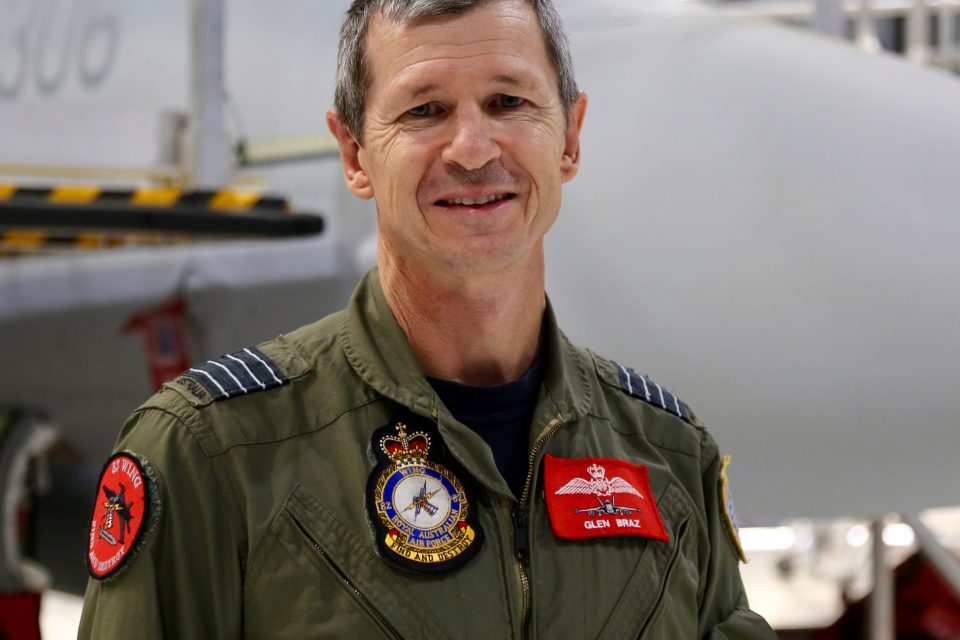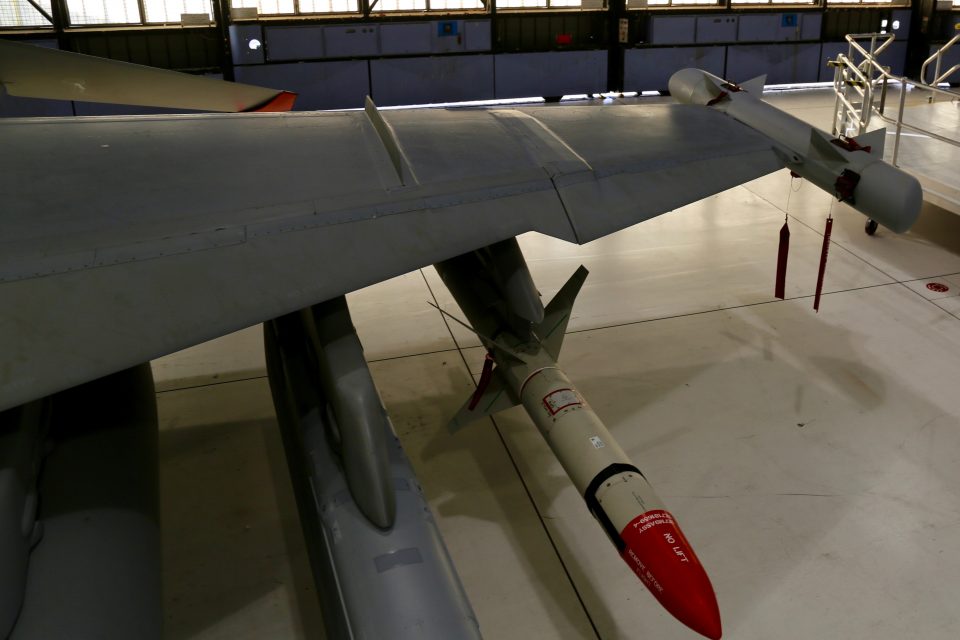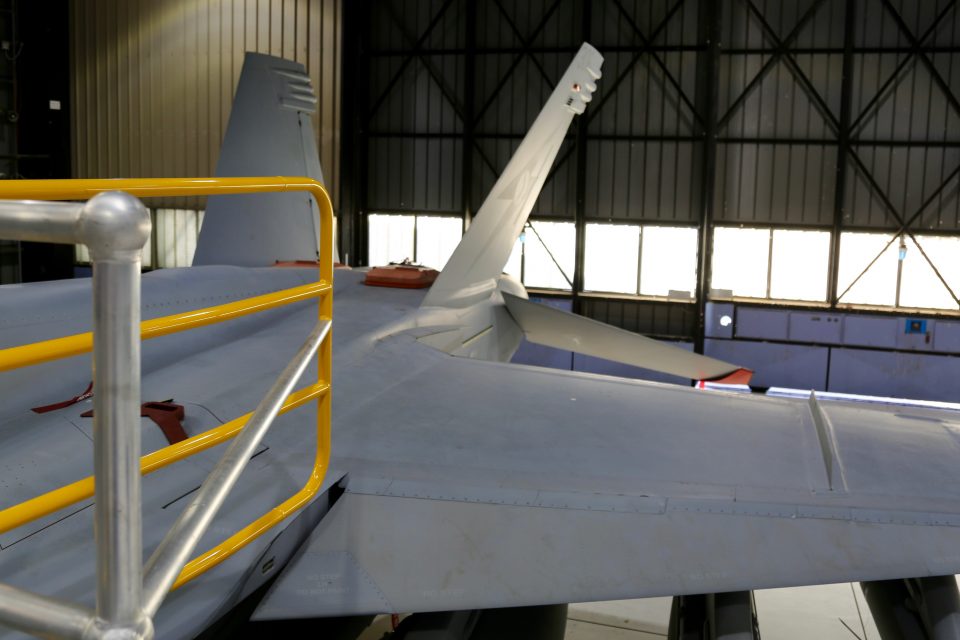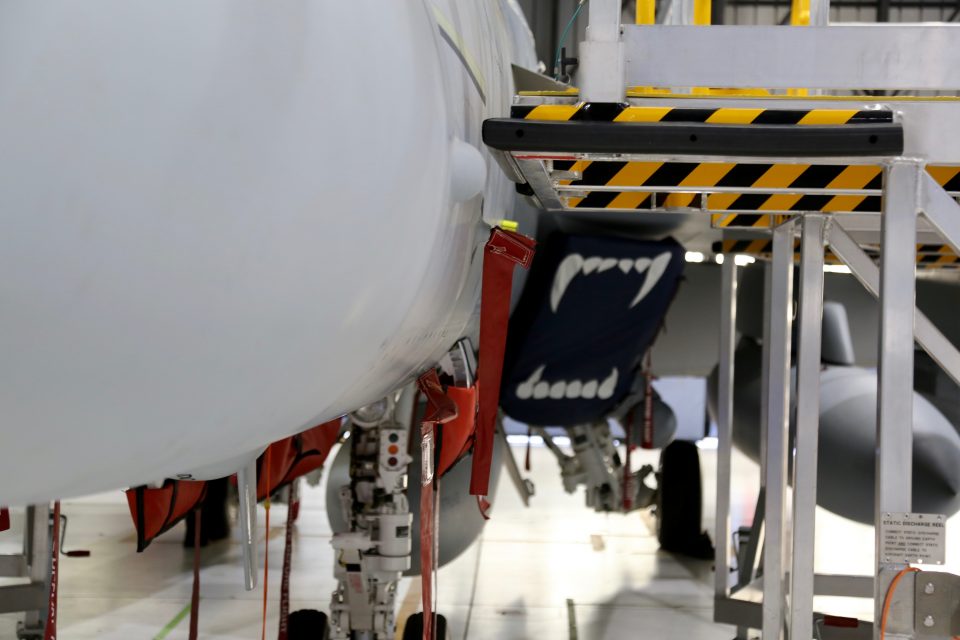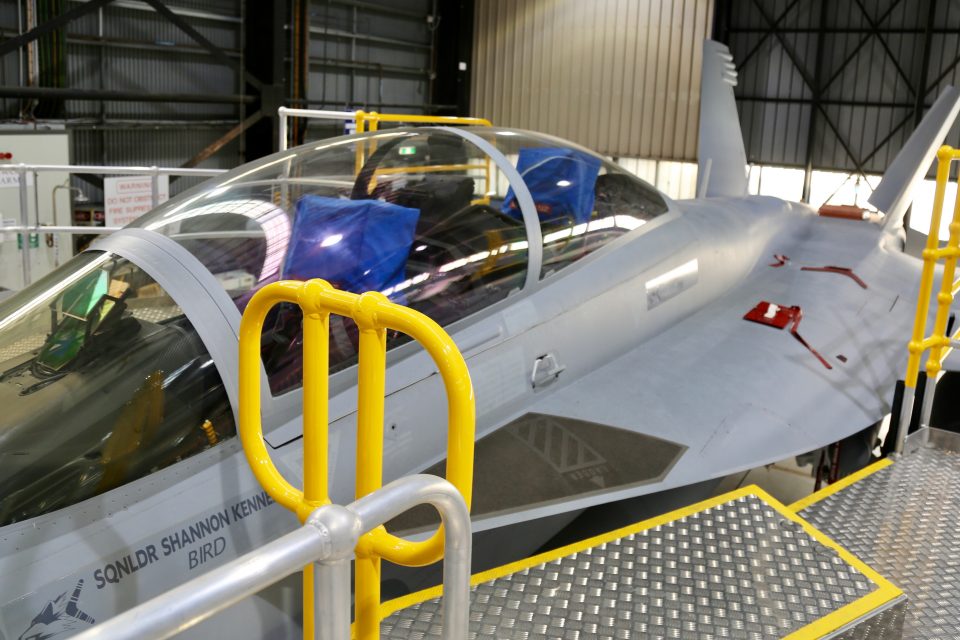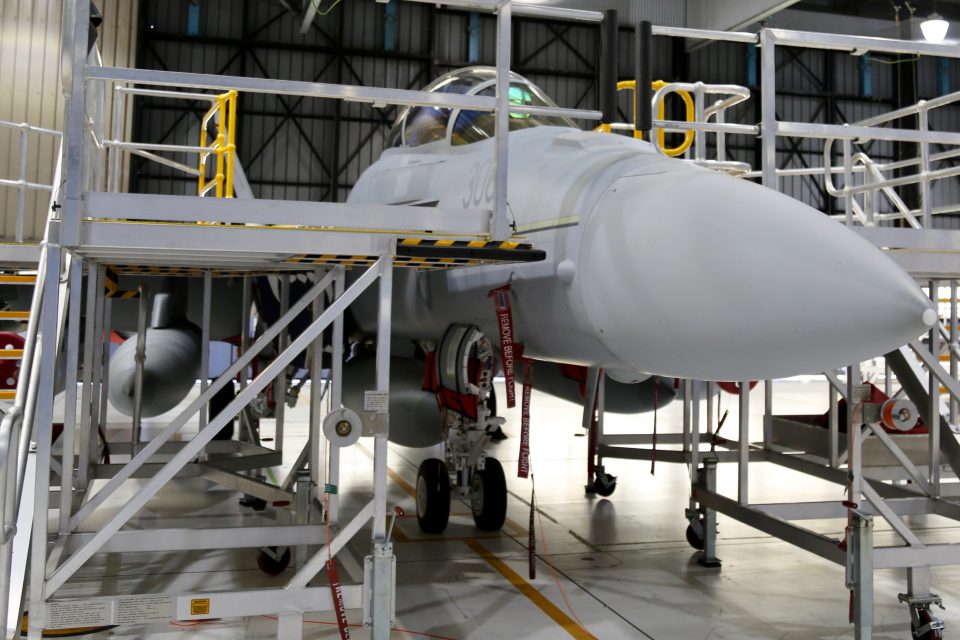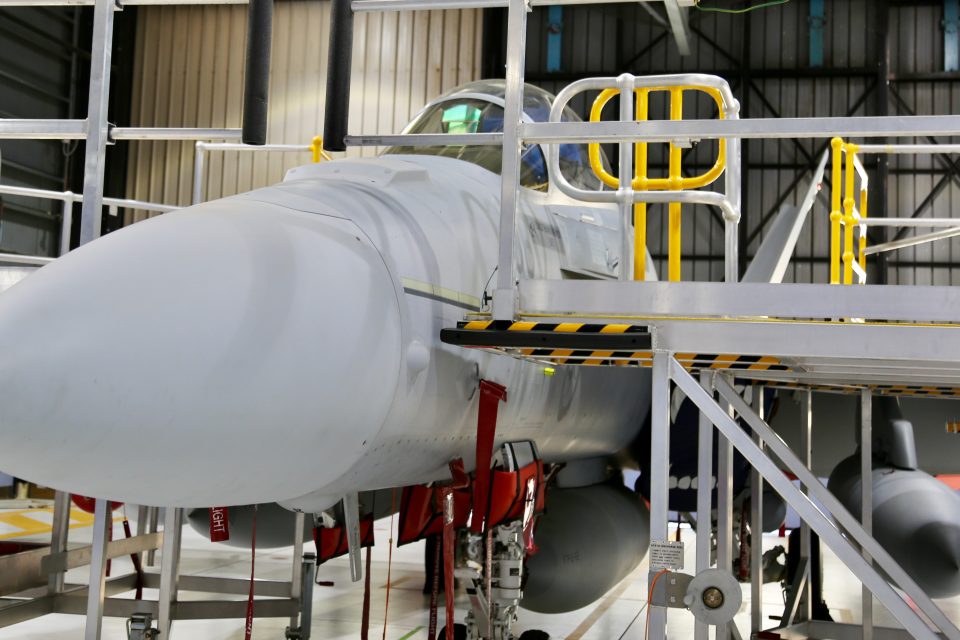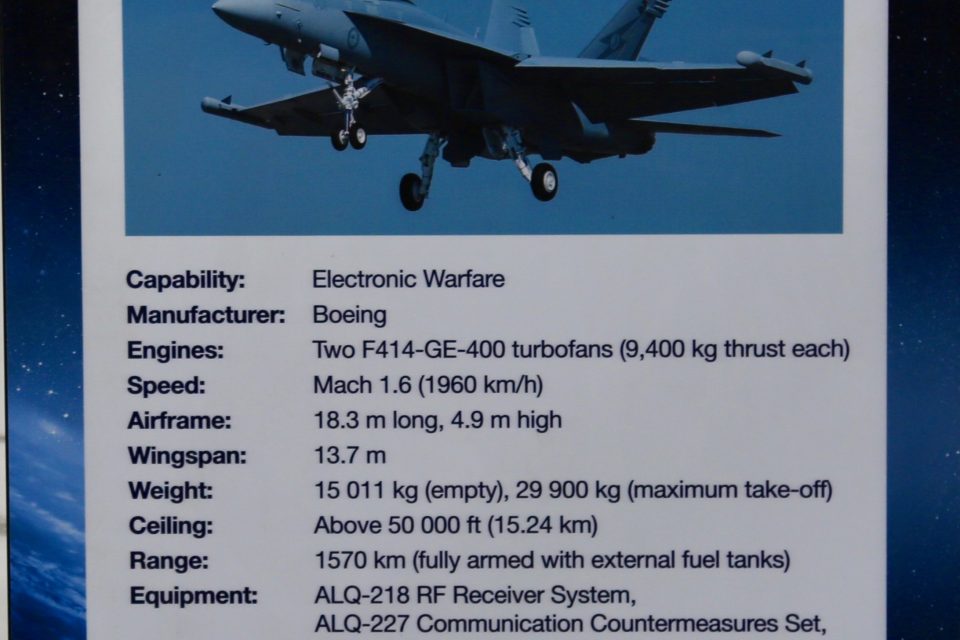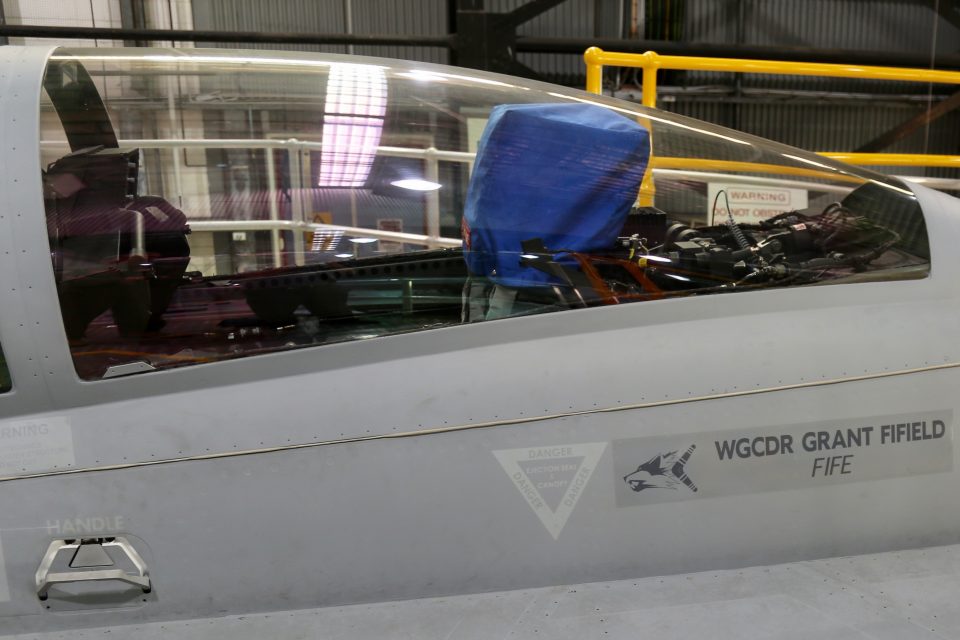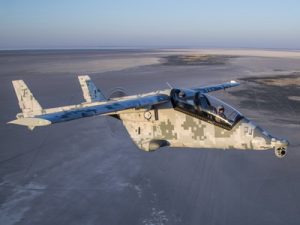2017-03-24 By Harald Malmgren
It is early days for President Trump and his Administration.
He was elected to shape a new strategic direction for the US government and economy. A change in direction cannot be made by a President alone. To achieve the goals on which he campaigned, Trump needs to gain sufficient support from Congress and the judicial system.
Trump won the Presidency as a leader of a populist movement. That movement was made up of strongly motivated opponents of the Democratic Party candidate and an array of voters dissatisfied or disappointed with what little recent Presidents and the Congress had achieved.
Trump blamed an entrenched “establishment” for domestic and foreign policy failures. He promised to bring to bear new leadership and new initiatives at home and abroad to Make America Great Again (MAGA).
Now Trump faces the need to build a new political and bureaucratic consensus in order to carry out promises of change on which he campaigned and won the Presidency.
Trump is already being challenged by intense factional and personal rivalries within his Republican majorities in House and Senate. He needs to inspire and motivate greater teamwork and sense of common objectives among Congressional Republicans. Without a consensus among the fractious members of his party, he will be unable to gain adequate funding and approval of legislative changes that would enable execution of his policies.
Trump was not a core figure in the evolution of the Republican Party until recently. Many members of Congress are happy to have seen a Republican elected as President, but don’t see Trump as one of their own power structure in Congress built over many years, long before Trump’s entry onto the scene. Gathering consensus within his party on his own agenda will require a national political effort on the state and Congressional District level to motivate individual Republicans in Congress to follow his lead.
Until mid-March, Trump had not yet gained an upper hand in trying to persuade or incentivize support from some Republicans who constitute the membership of the House Freedom Caucus.
Trump’s aides convinced him that he must collect the votes of House Member still opposing an elaborately crafted Obamacare repeal and replace bill. He did gain votes among Republicans opposd to the bill as it existed in the week of March 20, but this required threats of future Presidential hostility and potential opposition to reelection in their own districts.
Private Presidential threats are often necessary in collecting votes for specific legislation, but public threats are usually counterproductive for future support and cooperation. Trump sometimes fails to distinguish public and private threats.
In his early weeks as President, Trump is already discovering he is confronted with resistance to dramatic changes by the vast bureaucracies of government. His first awakening to the powers of the bureaucracy was triggered by apparent intrusions of parts of the nation’s intelligence network that interfered with or even contradicted his own narratives.
In the early weeks Trump was able to assemble a Cabinet and leadership of a number of other Federal agencies. But by mid-March Trump he was discovering that filling in the basic management infrastructure of government departments and agencies is highly contentious.
The nominations of an array of Deputy Secretaries, Under Secretaries, Assistant Secretaries in each Cabinet department all require Senate approval. The Senate routinely conducts extensive vetting of each nominee, including personal financial circumstances, any history of illegal or publicly questionable behavior, and other factors that might influence decisions made in public service.
Choosing nominees for each senior post is often subject to a fundamental conflict of interests between a Cabinet Secretary in charge of his own Department and White House officials seeking to assure the Cabinet adheres to Presidential policy decisions and action priorities.
By mid-March few of the Presidential appointees to fill the top managerial posts in the Cabinet Departments had been named. Cabinet Secretaries made known their choices for the top management posts, but the Trump White House in most cases showed resistance, suggesting alternative names.
This process of approving each Presidential sub-Cabinet appointee was made dramatically more difficult by a White House list of “acceptable” experienced and capable names. Mattis wanted people with previous experience at high levels in defense or security positions, but many of the most experienced Republicans had opposed or refused to support Trump’s nomination. The White House staff deemed such people “unacceptable.”
In the meantime, the White House has been appointing a handful of people designated to monitor and report directly to the White House on actions taken within each department. The intention is to assure consistency and loyalty to the President. Senior, experienced officials not surprisingly bristle at the idea of being continuously “monitored.”
At top level executive levels in American industry, banking and other organizations it is normal practice to permit the Chief Executive to appoint his or her own management team. When strong, publicly recognized personalities are appointed as Cabinet Secretaries, they tend to assume they will be able to make their own choices of subordinates to whom they may delegate authority to manage and make routine decisions on their behalf.
Trump and his White House staff have little experience with management of large organizations, and seem distrustful of efforts by Cabinet Secretaries to establish their own power structures.
In the meantime, by mid-March President Trump and his White House were discovering that holdover officials from prior Administrations, functioning as “Acting” senior managers, are able to delay or resist execution of his plans, and even divert funding allocations to their own preferred programs.
Thus, the President is finding that establishment of an operating Administration supportive of his objectives and skillful in achieving those objectives is a far more complicated challenge than he or his campaign aides had ever envisaged.
In his initial days as President Trump began an elaborate process of approving and signing Executive Orders and Presidential Memoranda, many of which constituted reversal of such orders by President Obama.
This paperwork signing process provided early public evidence of Presidential action to break with the recent past. However, signing documents is a far simpler process than motivating and administrating a vast decision structure involving thousands of decision makers in both the Executive Branch and Congress.
In the years before his election, President Trump developed and managed a global scale real estate and services business. However, in that business he never personally had need to supervise a complex decision structure involving tens or even hundreds of thousands of subordinates. Each of his property developments was set up as a separate entity or activity, with separate co-investors. The decision structure for each building, hotel, casino, or recreational services enterprise is managed separately.
In that operational structure there was rarely need to delegate his authority to someone else, and for them to delegate to additional subordinates in an elaborate hierarchy typical of large corporations.
Trump seems distrustful of need for delegation of authority, likely unaware the mammoth US Government decision structure cannot function without substantial delegation. Trump and his White House team seems unaware that if a top executive is chosen to carry out a new job, he or she will expect to be free to pick the very best people available to run his or her organization. It is customary in most of the corporate structure in America that top executives are customarily given large discretion in appointing and setting up their respective management teams.
By March, the President found that his authority did not automatically gain acquiescence of member of his Republican members of Congress. Members of the House, facing re-election every 2 years, naturally give priority to the concerns of voters in their own Districts. To some extent they may need financial support from their Party, and therefore may be mindful of Party and Presidential desires, but ultimately each operates in personal survival mode.
Senators only face elections once each six years, and tend to feel freer to mark their own, sometimes independent policy paths. Many Senators are ambitiously planning or hoping to become President. Most Senators are therefore potential rivals to the sitting President.
It is often said about Senators that most of them privately believe they could do a better job than whoever is the sitting President at any moment in time.
As a result, the Senate is a separate political elite, dismissive of what they see as a House full of politicians who want to be Senators but not yet strong enough to reach that elevated level of power.
From that perspective, many Senators see themselves as political peers with the President, and not as officials of the government subordinate to the President.
Republicans within Congress were already becoming increasingly divisive among themselves in recent years. The Speaker of the House is supposedly the leader of the present Republican majority, but in practice he is under continuing challenge by many of the House Members of his party.
The last Republican Speaker was forced out by fractious Members, most notably from the most right-wing faction known as the House Freedom Caucus (numbering upwards of 40 Members).
This faction is continuously pressing the Speaker and now the Republican President to bend to its will, especially at critical moments in voting on Presidential priority legislation.
In March Trump began to face explicit resistance to his efforts to gather support of all Republicans on repealing and replacing Obamacare. Speaker Ryan was also confronted with resistance in a test of his ability to deliver support of all or most his House Republicans.
It became evident in March that that several Senate Republicans would also show resistance to both the House Republicans and the President. Since the Republican majority is only 52 seats out of 100, three of more defectors could disable any Trump initiative or detailed provision of an initiative. A few votes that demonstrate defections would be seen as decline in the influence and support Trump brought to the Presidency from his base of political support across the nation.
He might soon be viewed as a typical President of past years, capable of big achievements in a post-election honeymoon, but with slowly falling influence thereafter.
Problems with Congress are also posed by a more unified Democratic Party. At the outset of his Presidency Democrats in Congress began a concerted effort to slow the process of approval of Trump’s Cabinet nominees. Efforts to slow organization and staffing of the new Administration might at first look like simple harassment. This would be a misreading.
The Democratic leadership intention is to delay action on Trump’s policy agenda at every step ahead in Trump’s first two years in office. The slower they can make the establishment of a working new management structure under Trump, the less time will remain for Congressional approval of Trump’s policy initiatives. The longer the delays in developing and approving legislative action to enable policy changes, the later will be potential positive effects on the economy before the next 2018 Congressional elections.
A key Democratic Party objective is to weaken Trump’s popularity or record of achievements before those elections as a means of preventing Republicans to gain 8 or more seats over the present number which could provide Supermajority status to the Senate Republican majority.
In essence, the Democratic leadership believes its own fortunes in 2018 Congressional elections depend upon diminishing Trump’s possible successes before then.
Because reform of Obamacare has proven to be technically difficult and politically divisive, Congressional action on other matters, most notably tax reform, has been delayed.
Revisions of tax code provisions historically take many months. A wide range of differing interests exist among businesses, banks, farmers, small business owners, charities, local governments and a many other entities. Members of Congress must devote personal time to interaction with all groups to demonstrate personal concern about tax code changes on virtually everyone. The tax code is embodied in thousands of pages that must be revised or deleted, accompanied by insertion of new provisions.
The later positive effects of Trump initiatives will be felt by voters, the greater the risks not only for reelection of incumbent Republicans, but also for survival of party candidate selections. Party primaries to select candidates for upcoming elections begin to take shape early next year.
Incumbent Republicans will face competition from new candidates who will criticize the stances of incumbents on Trump’s various proposals, and whether those proposals have succeeded or failed by the start of next year.
Delays in Congressional actions have in turn prevented filling in lower tier management posts. In many Departments and agencies, specific people must be identified to exercise authority to approve or disapprove administrative and budgetary allocation decisions.
Until senior DOD posts are filled, many of the posts critical for day to day management of government remain staffed by “Acting” officials, most of whom are typically long time holdovers from previous Presidencies.
In the details of everyday spending, much of the decision process in such functions as Defense Department procurement are subject to officials whose views run counter to the new Administration’s intentions.
President Trump has had difficulties in setting up a White House staff system to oversee relations with Congress, execution of Presidential decisions by relevant Departments and agencies, handle communications with the press, media, and alt-media, and provide guidance on details underlying Presidential expressions of “policy”.
It has become clear that his White House is enmeshed in power struggles over who has what authority over what issues and actions. This power struggle is definitely holding up approval of Presidential nominees to the management of Cabinet Departments and key agencies.
This early power struggle has also left Congressional Republicans confused, with incoherent of conflicting guidance from various White House staff about Presidential priorities for timing and content of legislative actions.
In short, it is early weeks, but it will be increasingly crucial for President Trump to get on with setting up an Administration that is both supportive and competent in realizing his objectives.
With regard to foreign affairs, defense, and international economic policy the President has jarred many foreign governments with his rhetorical emphasis on a need to reorient America’s policies to emphasize priority attention to domestic US interests. He has articulated this shift in his “America First” formulation. her to the White House as the first official foreign guest.
In some of his public comments he has questioned appropriateness of US engagements in multilateral economic institutions, multilateral trade and financial agreements, and multilateral security arrangements, even including NATO.
Much of the initial activity of his top appointees to posts interactive with other governments around the world, notably Defense Secretary Mattis and Secretary of State Tillerson, has been spent reassuring allies of the United States that campaign rhetoric and administration policy are not necessarily the same thing.
Trump has begun personal meetings with selected counterparts in other capitals to develop personal ties.
However he has left growing uncertainties in virtually all capitals as to what he expects from bilateral relations, and to what extent he is likely to upend decades of international agreements that provide predictability and order in world economic and security affairs.
His early challenges of existing trade agreements has raised profound political concerns in an endless list of other governments. Most national economies depend on exports as the primary engine of national economic growth. Exports enable reliance on faster growing external demand to enable them to escape from inadequate incomes to sustain domestic consumption and investment led growth.
After several decades of world trade growing faster than world production, trade collapsed near the end of 2008 into the longest contraction since the Great Depression. Although there was some recovery from 2011 world trade subsequently seems to have plateaued out in near stagnation in parallel with historically low world economic growth rate in the last several years.
In this context, Trump’s warnings that he will seek “better trade deals” is interpreted as posing the threat that he wants a greater share of non-growing world trade, effectively meaning cutting the shares of other nations.
Trump Administration consideration of unilaterally imposed import taxes and other measures aimed at reducing the US trade balance are viewed with alarm. In response, the governments of the EU, China, and other nations are already discussing coordinated counteractions, including concrete retaliatory actions.
Thus, much of the world is on edge as to whether it will experience an American swing to greater nationalism and diminishing interest in international collaboration in addressing global economic and financial challenges.
Some other governments are also likely to “test” Trump’s responses to unilateral actions of their own.
Putin can be expected to continue probing security responses of neighboring countries and the readiness of Trump to defend such neighbors.
China can be expected to push the envelope of its security grip in the South China Sea and even elsewhere.
Iran will continue its high tension relationship with the US, while continuing and possibly expanding its extraterritorial military interventions by the Iran Revolutionary Guards Corps.
Turkey will continue threats of realignment and reconfiguration of relations with NATO, Russia, and all its neighboring nations.
North Korea’s recently ramped up threat posture poses entirely unpredictable scenarios that may have to be faced with hard responses.
The list is long.
Testing will be done by other governments and by terrorist movements to see how long it takes for Trump to respond as well as what form of responses Trump might choose. If the US responses are slow, the process of testing will likely intensify and accelerate.
To consolidate his domestic political grip, Trump must give primary attention to execution of the domestic measures he promised to the American electorate. While interested in new “deals” with other nations, he will find challenging foreign policy or security transactions when domestic politics will demand priority political attention.
How this new American President will cope with this multiplicity of challenges both at home and abroad will determine adjustments in many capitals that have for decades relied upon the US to provide a fixed point of reference for most of the rest of the world’s policy deliberations.
Trump will need to develop an autonomous machinery for managing foreign relations that encompasses both security and economic issues, problems, and opportunities. Since the Kennedy Administration such a machinery was embodied in the National Security Council framework, with the NSC staff coordinating the many different points of interaction with other governments.
Trump, at least for now, has been thinking of handling foreign interactions in several separate ways, for example leaving trade policy decisions in an entirely separate National Trade Council.
If America First is pursued with vigor, many of the international institutions and bilateral working arrangements with other nations will be put into question. This may very well end an era of US-led efforts to bring national policies into some kind of peaceful and orderly harmony.
A period of unexperienced disorder could prove unsettling to the US economy, not only to industrial sectors, but also to agriculture, banking, and the many other segments of the American economy that are influenced by a Trumpian revolution in world affairs.
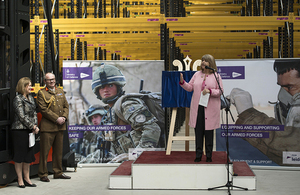 Harriett Baldwin (Min DP) and Chief of Materiel (Land) Lieutenant General Paul Jaques open the Defence Fulfillment Center in Donnington. This 80,000 fulfilment centre will be a step change in how we deliver defence inventory to our Armed Forces Globally.
Harriett Baldwin (Min DP) and Chief of Materiel (Land) Lieutenant General Paul Jaques open the Defence Fulfillment Center in Donnington. This 80,000 fulfilment centre will be a step change in how we deliver defence inventory to our Armed Forces Globally.

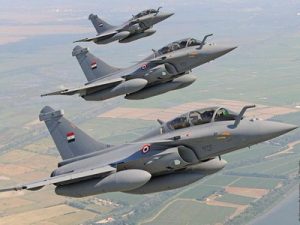 Rafales in Egyptian colors. Credit: Dassaut
Rafales in Egyptian colors. Credit: Dassaut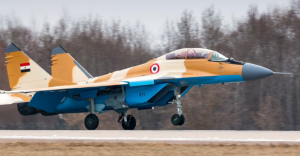 Egyptian MiG-29M2 (or MiG-35). Photo credit: Dmitri Terekhov
Egyptian MiG-29M2 (or MiG-35). Photo credit: Dmitri Terekhov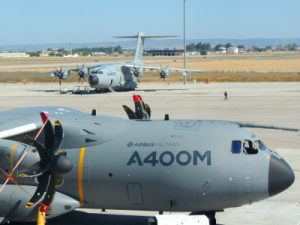 A400Ms. Credit: Guy Martin
A400Ms. Credit: Guy Martin
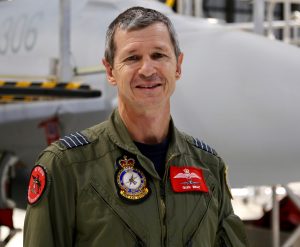 Group Captain Glen Braz, OC of the 82nd Wing.
Group Captain Glen Braz, OC of the 82nd Wing.